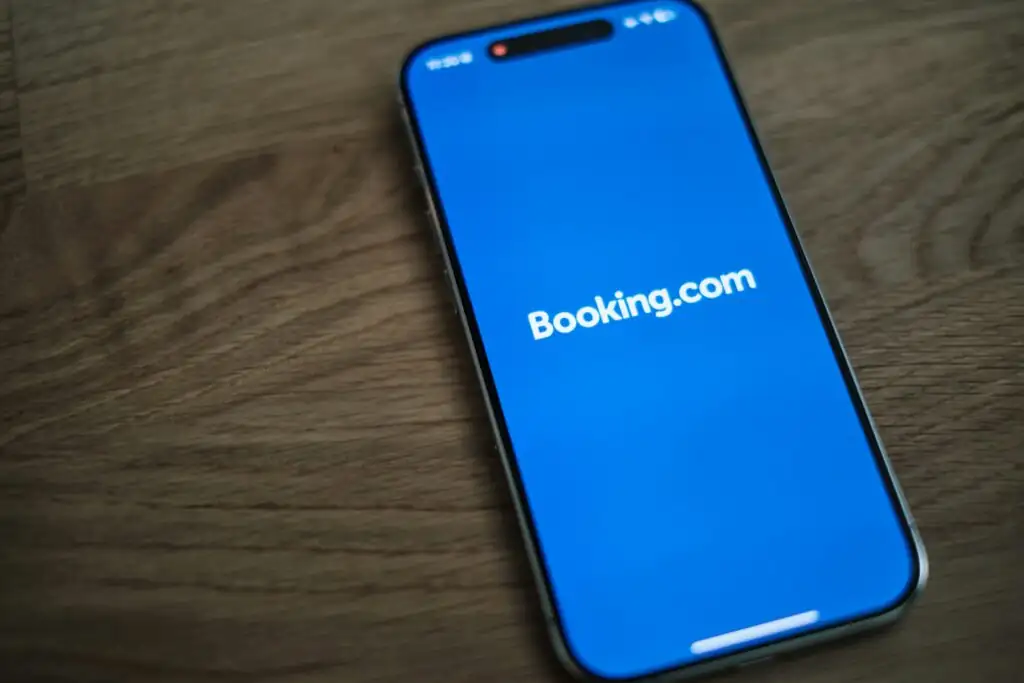The core question for any ambitious business is simple: How do I appear in the correct Google search results for users both near my location and across global markets?
The answer lies in mastering the technical execution of your international SEO, and the approach immediately consists of two distinct, yet interconnected, fields:
- Local SEO: Focuses on proximity and prominence to capture high-intent users in a defined service area. It’s a battle for the Google Local Pack and relies heavily on one key asset: your Google Business Profile (GBP).
- International SEO: Focuses on global relevance and HTML structural instructions for search engine spiders. It’s a battle for organic ranking across multiple search engine variants and is governed by HTML-based directives, primarily the hreflang declarations, site language settings and domain architecture.
Misunderstanding these technicalities can lead to critical SEO failures, such as content cannibalisation or incorrect geotargeting, which immediately costs you market share. This article cuts straight to the technical differences and provides real-world examples of how global brands master each discipline.
The technical core of local SEO
Local SEO is not about translating content; it’s about validating your physical existence and trustworthiness to Google. It’s the most critical strategy for any business with a brick-and-mortar location. Nearly half (46%) of all Google searches have local intent, making it a high-conversion channel.
The entire strategy is built on three pillars:
| Focus | Key tactic | |
| Proximity | Physical location relative to the user. | Consistent and accurate NAP (Name, Address, Phone) across all listings such as in directories. |
| Prominence | How well-known and trustworthy your business is. | Review velocity, volume, and sentiment on GBP, and links from local sites. |
| Relevance | How well your GBP and website match the search query. | Keyword use in your GBP description, services, and local landing pages. |
Case study: Local SEO in luxury hospitality

These businesses understand that for a user searching “five star hotels in Paris,” the local pack listings provide an opportunity to stand out and attract customer attention. Their strategy revolves around optimising the Google Business Profile for every single property:
- Review Management: Mandarin Oriental, for example, maintains exceptional star ratings across its dozens of Google Business Profile listings and responds to nearly every review. This consistent review velocity and response rate signals active management, and conveys reliability.
- Local landing pages: Each hotel (e.g. The Ritz London) has a dedicated, highly optimised landing page. This page often targets long-tail terms like “luxury spa day packages in London” and is linked directly from the Google Business Profile, ensuring the business listing and the web page are perfectly aligned for local relevance.
- Structured data: Iberostar, with its vast portfolio of global resorts, uses local schema markup (e.g., LocalBusiness or Hotel schema) on its location pages. This code explicitly tells search engines the hotel’s exact coordinates, ratings, and price range, boosting its relevance for specific, high-value searches.
Common local SEO mistakes observed
Despite their strengths, large hotel chains often struggle with consistency, which opens the door for competitors:
- Underutilised Google Business Profile features: Many chains, including top brands like The Ritz, fail to regularly use Google Posts to announce events, offers, or news, missing a key opportunity to show activity and relevance to local searchers. For a business with multiple dining or spa facilities, they often fail to create separate, dedicated Service listings within the Google Business Profile.
- Location page cannibalisation: With a vast number of sister properties, hotels and restaurants sometimes create very similar location pages. If the content for the “Mandarin Oriental, London” is too generic and doesn’t explicitly talk about the local area, it can end up competing with (or even being overshadowed by) the brand’s other location pages in other cities.
A single business location’s success in local SEO is independent of the brand’s global domain authority; it hinges entirely on the quality of its GBP and NAP consistency.
The technical core of international SEO
International SEO is a technical, structural challenge. The aim is to direct search engines to deliver the most relevant version of your website – based on country and language – to any individual searching. International SEO also must prevent internal competition, also known as cannibalisation, and ensure the correct version of a page ranks in the correct regional search engine (e.g., Google.co.uk vs. Google.de).
International SEO focuses on two critical technical elements:
-
Domain architecture (geotargeting)
Choosing the right structure signals your target country to Google:
- ccTLDs (Country Code Top-Level Domains): E.g., brand.co.uk, brand.de. This is the strongest signal for geotargeting but is the most expensive and resource-intensive to manage, requiring separate hosting, security, and SEO & link building for each domain.
- Subdomains: E.g., fr.brand.com. A clear country signal, easier to manage than ccTLDs, but typically requires separate domain authority building.
- Subdirectories: E.g., brand.com/fr/. Easiest and cheapest to implement, as it leverages the main domain’s authority, but the geotargeting signal is weaker and can rely heavily on hreflang declarations.
For a detailed analysis including the pros and cons read our article on international SEO domain structure best practices.
-
Hreflang declarations
The complex technical backbone of international SEO, Hreflang declarations, tell Google the relationship between language/region versions of a page.
- hreflang=”x-default”: The fallback page when no other language/country matches the user’s settings.
- hreflang=”en-GB”: Targets English speakers in the United Kingdom.
- hreflang=”en”: Targets English speakers globally (regardless of country).
Getting this wrong results in the wrong version of a page being shown to a user, leading to a poor user experience and potential regional compliance issues.
Case study: Booking.com’s international SEO

- Content generation at scale: Booking.com scales content generation with templated descriptions, FAQs, reviews that are localised into dozens of languages. This allows them to create millions of highly-optimised pages for every permutation of “hotels in [city] with [feature]” across all target countries.
- Strategic structure: They use a subdirectory structure (e.g., booking.com/city/au/sydney.html) that leverages their main domain’s high authority while clearly defining the target region. They then use hreflang declarations to manage canonicalisation across different language versions of the same city page.
- Internal linking and link equity: Booking.com’s city and country pages operate as large-scale internal linking hubs. The structure is hierarchical: Country pages aggregate authority and pass it to city pages, which in turn pass it to individual hotel pages. This structured distribution of “link juice” is critical for ranking their most valuable landing pages against local competitors.
Booking.com’s success isn’t due to brilliant prose; it’s due to a rock-solid, data-driven architecture that is A/B tested constantly for maximum search engine efficiency.
Conclusion: Two disciplines, one global strategy
The modern digital landscape demands that businesses excel at two fundamentally different scales. The difference between local SEO and international SEO is not one of quality, but of primary strategic focus:
- Local SEO is the foundation of high-intent, high-conversion revenue. Its significance lies in validating your business’s physical reality through the Google Business Profile, dominating the transactional “near me” searches, and converting proximity into profit. It anchors the brand to the ground or to a service area, ensuring immediate, tangible market capture.
- International SEO is the strategic blueprint for scale and global authority. Its significance lies in building a technically flawless infrastructure using hreflang declarations and domain architecture that manages brand presence across countries and languages without internal conflict. It’s the engine that unlocks vast new organic audiences and solidifies global domain standing.
Ultimately, both are vital components of a successful SEO strategy. The power is in recognising that the highly specific, review-driven tactics that win the local pack are just as crucial as the technical precision that maintains a seamless, authoritative global presence.
Frequently asked questions
What is the difference between Local SEO and International SEO?
Local SEO focuses on attracting customers within a specific geographic area using tools like Google Business Profile and local citations. Whereas International SEO focuses on website structure, hreflang declarations, and deep cultural localisation to target users across different countries and languages.
Should my business use ccTLDs or subdirectories for International SEO?
The choice between ccTLDs (like .de) and subdirectories (like /fr/) depends on your budget, resources, and long-term domain strategy. ccTLDs offer strong geotargeting but are more complex to manage, while subdirectories are simpler but require careful implementation of hreflang tags.
What is NAP consistency, and why is it important for local SEO?
NAP consistency stands for Name, Address, and Phone number. Maintaining consistent, accurate NAP (Name, Address, Phone) information across your website, Google Business Profile, and all local citations is a crucial trust signal that helps search engines confidently rank your business in local search results.
What is the biggest ranking factor for local SEO?
Google Business Profile is the single most important asset. Specifically, the quality, volume, and velocity of customer reviews—the main driver of the prominence factor—is critical for ranking in the local pack.
Ready to stop guessing where your next customer is?
If your current SEO strategy still relies on guesswork, outdated examples, or a simplistic view of translation, you are likely missing massive growth opportunities. We specialise in auditing your global framework to ensure your architecture (hreflang, domains) and your content (cultural relevance, tone) are perfectly aligned to capture local intent.
Discover our multilingual SEO services and Learn about our local SEO services
About the Author
Husein is a seasoned digital marketing consultant renowned for driving growth for global brands through strategic expertise.











